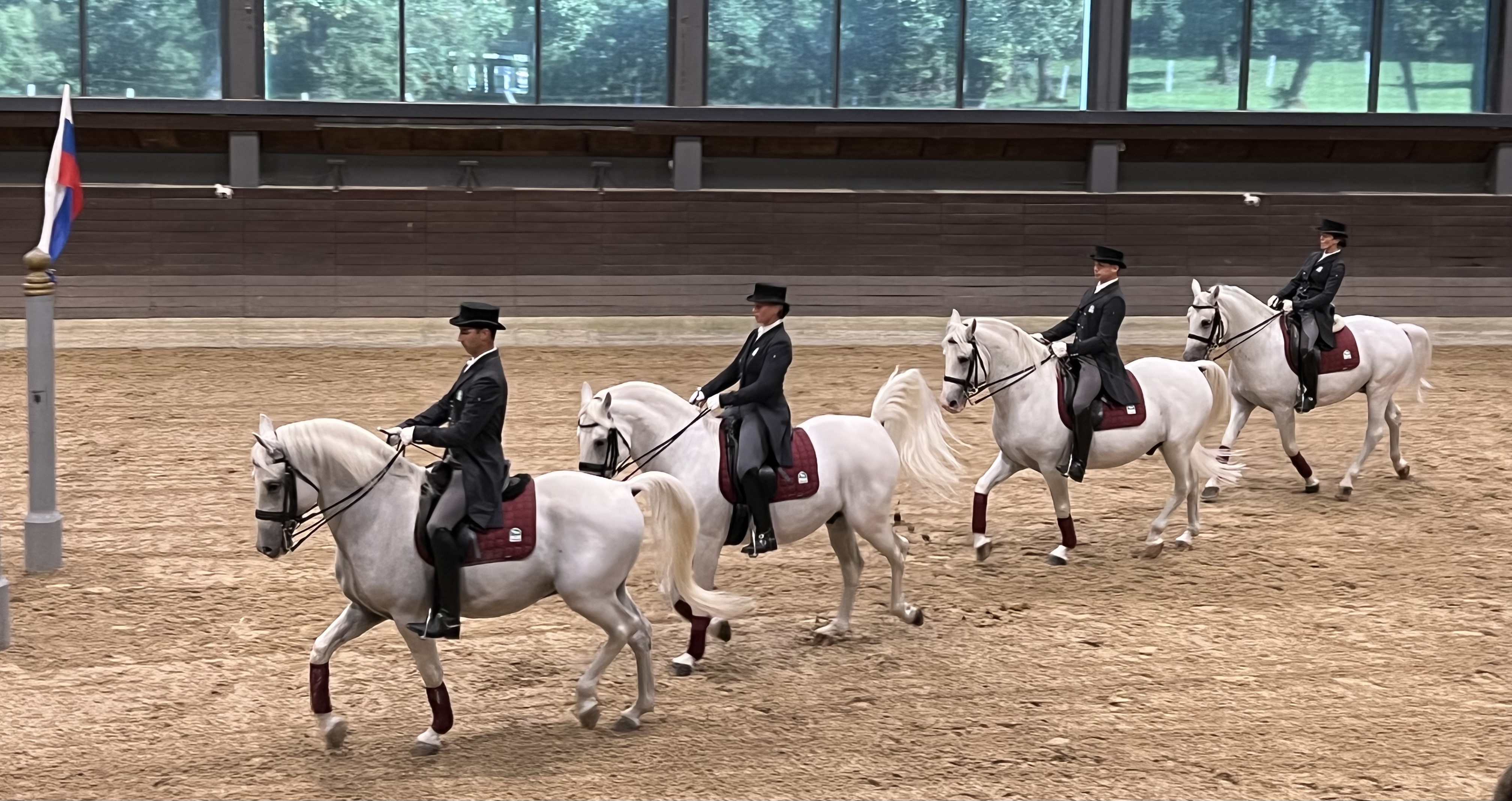
Table of Contents
We spent an afternoon with the famous Lipizzaner horses at the Lipica Stud Farm in Slovenia.
We did it by skipping Postojna Cave, Predjama Castle, and truffle hunting in Croatia.
It was worth it!
Date of Visit: September 21, 2022—Lipica, Slovenia
A herd of white horses came into view as we drove alongside a green pasture filled with leafy linden trees. We were nearing the Lipica Stud Farm, home to more than 300 Lipizzaner (or Lipizzan) horses. It reminded me of Kentucky horse country, but we were 5,000 miles away in Slovenia.
I’ll admit, this is the blog post I’ve been looking forward to the most. I’ve been horse-crazy since my first rocking horse. I suspect there’s an ancient horseman or horsewoman in my bloodlines somewhere. I always thought it would be great fun to discover that I had a drop or two of Genghis Khan’s blood. After all, he and his prolific hordes did reach Eastern Europe in the early 13th century.
Alas, my DNA results from Ancestry.com suggest otherwise. My horse-loving ancestor most likely hailed from the heaths of England or the Scottish Highlands.
The Lipica Stud Farm in Slovenia
“Do you want me to pull over?” asked our Croatian driver Frane as we sped down the road.
“Yes, but are we allowed to ‘touch’ them?” I asked with a laugh.
Several days into our driving tour of Croatia and Slovenia, our running joke for every day’s activity was, “but do we have to pay to touch it?”
It started when Frane’s boss, Mario, told us we could buy tickets to see and “touch” the horses at Lipica. We assumed September was out of season to watch the Lipizzaners perform their dressage routine. So it struck us as hilarious that for €22, the most we could do was touch a horse.
“Remember, we have to pay to touch them,” I reminded Frane and Chris.
“Now we touch them for free,” said Frane as he pulled to the side of the road.
“Nothing in life is free,” quipped my husband, Chris.
And yet, this first introduction to the famous dancing white horses of Lipica was free.
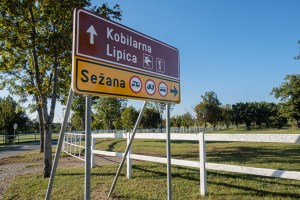
The ticket booth was a half mile up the road, and a fence was all that separated us from these storied horses.
We pulled to the side of the road and joined a woman feeding handfuls of grass to a mare. Chris, Frane, and I jumped out of the van for our free pat. Judging by their eagerness, I wasn’t the only one excited to touch a horse.
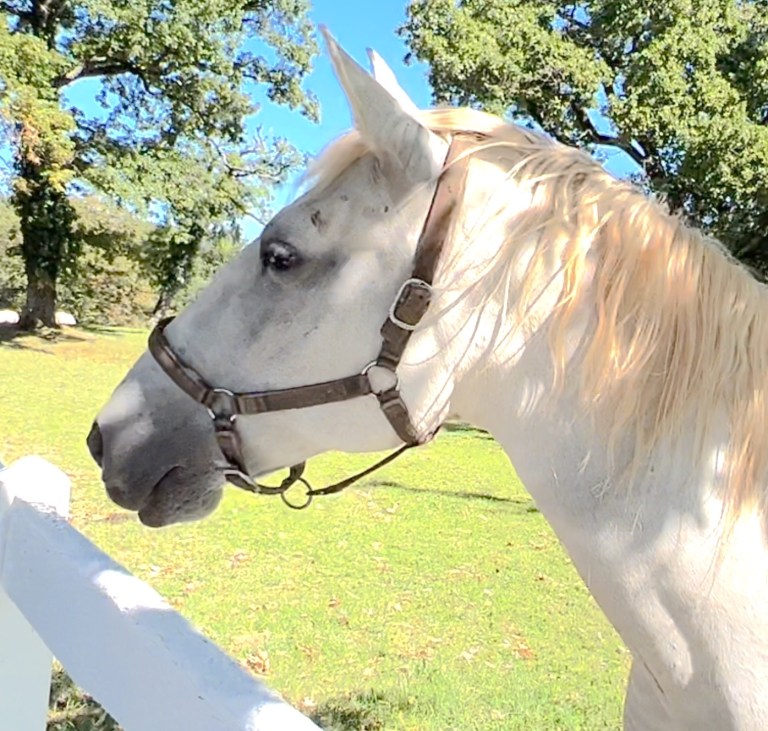
Eventually, the mare grew bored and walked over to a linden tree, where she began munching the low-hanging leaves. We continued down the road, high on endorphins.
A Linden Tree For Every Foal Born
We learned later that the Lipizzaner breed, which is 400 years old, took its name from the aromatic linden trees in the area.
The Slovenian word for linden, “Lipa,” gave the breed its name, and today the linden tree is a national symbol of Slovenia. According to what I’ve read, the Lipica Stud Farm plants a linden tree for every foal born there.
An Immersive Tour of the Lipica Stud Farm
We found our timing was impeccable when we arrived at the ticket booth.
Unwittingly, we had arrived on one of the three days the stallions performed in the Event Riding Hall. Yes, even in September, the shoulder season.
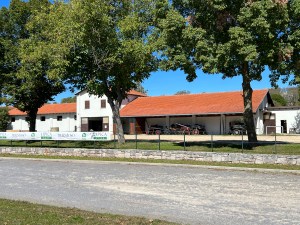
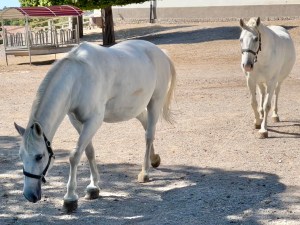
Chris and I had a few hours to wander the Lipica estate and take a guided tour before the performance.
We walked along wide tree-lined avenues past long barns and a few corralled mares.
A stallion pulling a carriage called out amorously to the mares as he trotted by. The carriage driver managed to keep him on course. This is why most stallions are stabled at another farm when they aren’t performing dressage or breeding at Lipica.
A Carriage Ride for the Archduke Before His Assassination
Although most of us are familiar with Lipizzaners performing under saddle or solo with trainers holding long reins close to their sides, these versatile horses once pulled the nobility around Lipica in carriages.
A Carriage Museum on the property displays antique carriages, including the Victorian carriage Archduke Franz Ferdinand rode in during a visit to Lipica in 1914.
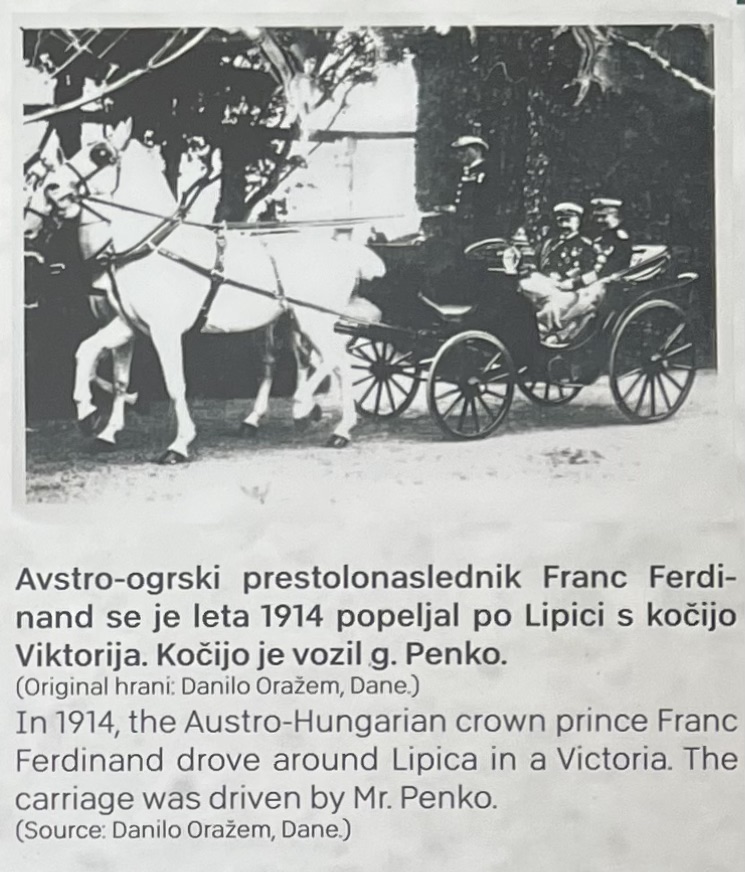
Remarkably, a placard near the display dated a photo of the Archduke in this carriage at Lipica as 1914. That means the photographer took the shot right before the assassination of the Archduke and his wife during their visit to Bosnia. His infamous assassination by a Bosnian Serb student was one of the direct causes of World War I.
Who Are These Storied Horses?
The Lipizzaners are renowned for their “airs above the ground.” Their performances include graceful and athletic movements called caprioles (leaps with airborne kicks), levades (a stationary pose on hind legs with forelegs raised), courbettes (hops on the hind legs), and grand quadrilles (ballet-like dressage drills in tight formation). Others are trained in light carriage work.
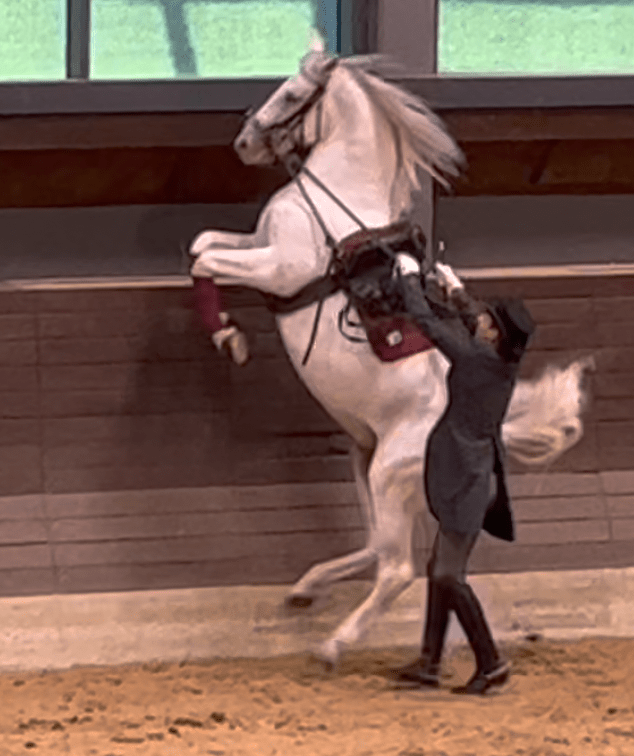
When the Lipica stallions turn nine years old, the most promising begin to perform “Haute école,” the highest form of classical dressage. It’s a French word for high school, requiring considerable agility and athleticism, not to mention a trusting bond between horse and rider.
The Mares and Foals of Lipica
The mares do not perform. Instead, they are bred with the finest stallions and put out to pasture every morning. The foals spend the first five years of their lives on the Raven Estate, about 35 miles away.
If you time it right, you can catch the Lipica mares running from the paddocks to the pasture in the mornings and evenings. The day we visited, there were about 60 mares in the pasture.
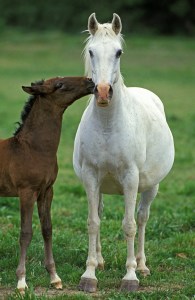
During our guided tour, we learned that Lipizzaner foals are born brown, black, or gray; their brown and black coats only turn gray later.
Between three and seven, they become gray or almost white due to a mutated gene acquired through selective breeding.
Only one percent remain dark coat.
Photo credit: iStock/slowmotiongli
The Stallions and Lipizzaner Bloodlines
At Lipica, the performing stallions are evenly matched in height at 16 hands.
That is the upper range of the breed, whose height measured at the withers falls between 15 and 16.1 hands but may be as small as 14 hands.
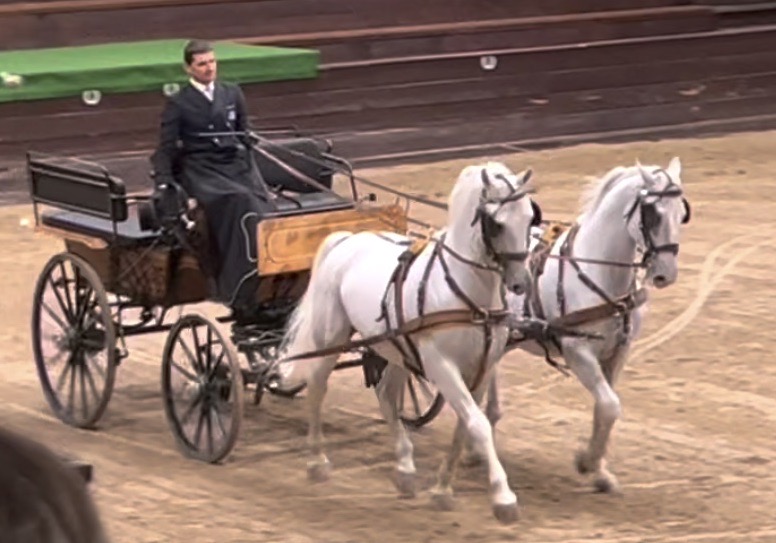
The Lipizzaners at the Lipica Stud Farm are the descendants of six stallions bred in Lipica in the 18th and 19th centuries: Maestoso, Neapolitano, Conversano, Favory, Pluto, and Siglavy. The mares come from 18 different lines.
Lipica Riding School Performance
At 3 pm, the show started in the Event Riding Hall. The stallions danced through their dressage and carriage routines to a lot of oohs and ahhs from the crowd.
They pranced, spun, and sashayed in quadrille formation as they wove in and out of two lines. The crowd gasped when the courbettes began. At that point, the stallions rose on their hind legs and hopped alongside their trainers.
A Mecca for Horse Lovers
There’s no doubt that the Lipica Stud Farm is a Mecca for horse lovers of all ages. If only I had known that experienced riders could book 90-minute trail rides on Lipizzaners. Chris would have golfed on the beautiful greens that are part of the property, and I would have ridden in the pastures.
I also learned that the school gives lessons in classical dressage for beginners and skilled riders. I’d have signed up for a remedial class in a heartbeat. But unfortunately, I have long forgotten the elementary dressage I practiced for two years as a teenager.
Handy Links to Lipica Stud Farm Activities
– Guided Tours of the Stud Farm
– Watching the official training
– Museums (Carriage and Lipkum)
– Avgust Černigoj Gallery
– The running of mares to pasture
Carriage Ride
Performance Lipica Riding School
Trail Riding
Dressage Lessons
Workshop with Ponies
Workshop to Learn About Horses
Other Things To Do
Hotel on Property
Hotel Maestoso
Restaurants
In Lipica
Book Your Viator Tour To Lipica Now
Disclosure: Travelthefourcorners.com participates in the Travelpayouts.com Affiliate Program. If you click through and purchase from Viator Local Tours, I will earn a commission. This commission helps me keep Travel The Four Corners’ website running, and the best part is, it doesn’t cost you anything extra.
The Cradle of the Lipizzaner
The Lipizzaner horses are often associated with Austria because the Spanish Riding School is in Vienna.
But, from 1581 until World War I, the stud farm that supplied the Spanish Riding School with its horses was 300 miles away in Lipica. After the break-up of the Austro-Hungarian Empire, Lipica became part of Italy but is now part of Slovenia and has a riding school of its own. The Spanish Riding School started breeding Lipizzaners at the Piper Federal Stud in Austria in 1920.
Fluid Borders Caused the Lipizzaners Much Hardship
A succession of wars redefined Lipica’s national identity through the years. At various times, Lipica has been part of Austria, Napoleonic France, Italy, Germany, and Yugoslavia. But for 30-plus years, it has been in the new sovereign state of Slovenia.
When the Habsburg monarchy began developing the breed from the local Karst horses and imported Andalusians and Arabians in 1581, Lipica was part of the family’s extensive dynasty that included Austria.
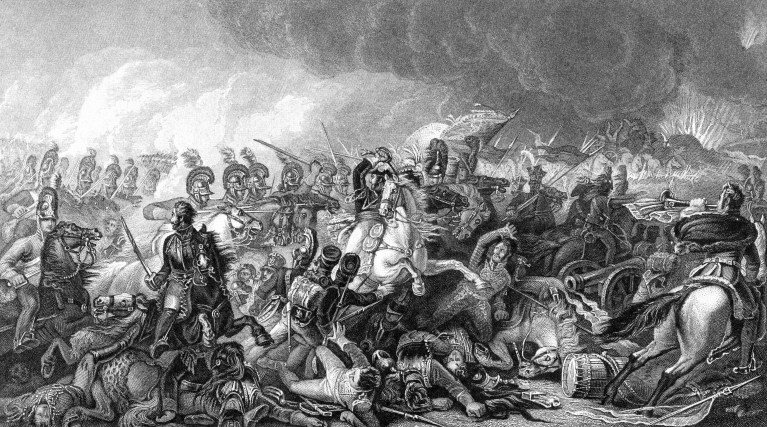
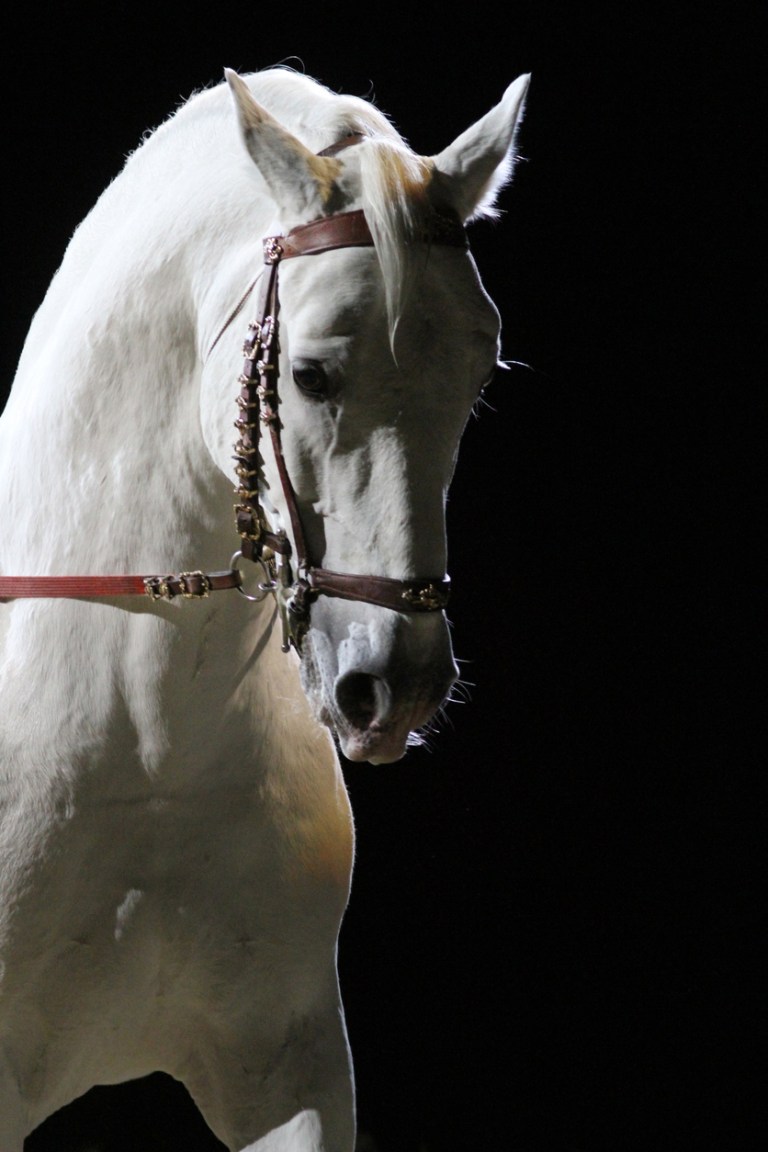
For a brief period in the early 1800s, Lipica became part of Napoleonic France. During World War I, Lipica fell to Italy and in World War II to Germany.
With the dissolution of the Habsburg Austro-Hungarian empire, Lipica returned to Italy. However, in 1947 it was annexed to socialist Yugoslavia.
It is now part of Slovenia, which won its independence from Yugoslavia in 1991.
Fleeing The French; A Devastating Earthquake
The Lipizzaner breed was almost wiped out several times during 220+ years of war. First, in 1797, the Austrians evacuated the horses to Hungary as the French army advanced.
Then, a devastating earthquake struck in 1802, killing many prized stallions that had returned to the stud farm in Lipica.
During the Napoleonic Wars, the Austrians again evacuated the horses to Hungary in 1809. The Lipizzaners returned to Lipica six years later when the wars ended in 1815.
Fleeing The Italians
One hundred years after the Napoleonic Wars, the Austrians evacuated the Lipizzaners again when Italy declared war on the Austro-Hungarian Empire. Some horses were moved to Laxenburg, south of Vienna, for their safety. Others were moved to the Imperial Court Stud Farm at Kladruby in what is now the Czech Republic.
Dividing The Lipizzaners After World War I
At the end of World War I, the Habsburg family’s 339-year reign was over, and the Imperial Royal Court Karst Stud Farm Lipica closed permanently.
From the ashes of the war, three separate Lipizzaner stud farms rose. The Lipizzaners who evacuated to Kladruby remained in newly-formed Czechoslovakia (now the Czech Republic).
Austria and Italy divided the herd in Laxenburg. Italy brought their half back to Lipica, which was now in their territory. Austria transferred its 97 Lipizzaners to Piber near Graz, Austria, in 1920.
Because Lipica was now part of Italy, the Spanish Riding School in Vienna began its breeding program at the Piber Federal Stud in 1920.
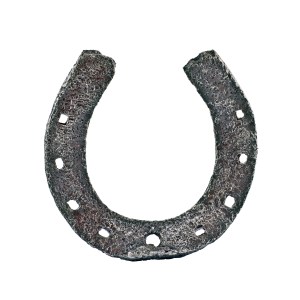
Horses Fought in World War II
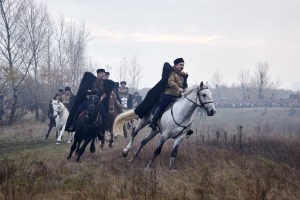
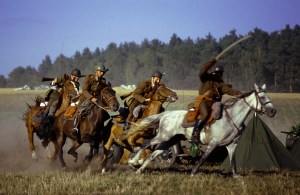
In their quest to breed superior war horses, the Germans confiscated the Lipizzaners from the Lipica and Piber Federal stud farms in 1942. They sent them to Hostau in Czechoslovakia to keep them safe and to interbreed them, thinking this would result in horses fitter for warfare. Sadly, the few horses left behind at the Lipica Stud Farm suffered from starvation during the German army occupation.
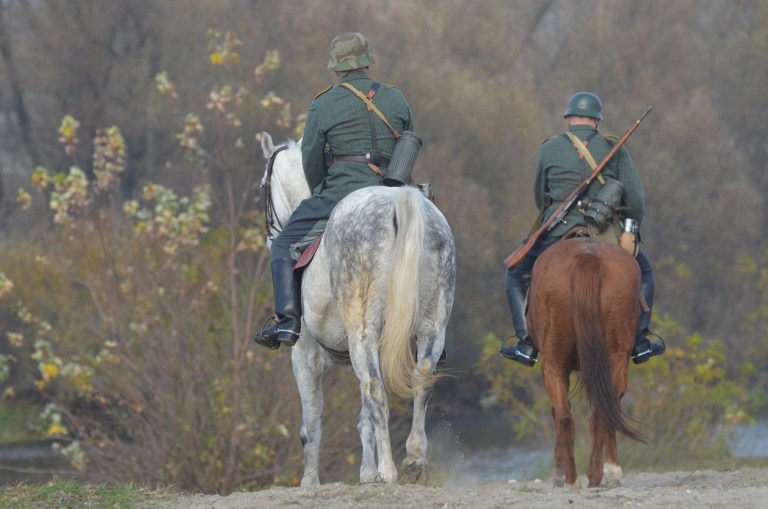
In the final months of World War II, there was a legitimate fear that the hungry Russian army that had liberated Czechoslovakia would slaughter the purebred Lipizzaner and Arabian horses sheltering in Czechoslovakia.
The Russians shot and ate 15 Hungarian Lipizzaners in March 1945 en route to shelter at the Vienna Riding School. Earlier, in World War I, the Bolsheviks slaughtered hundreds of the Polish nobilities Arabians during the Bolshevik Revolution in 1917.
U.S. Army Rescues Lipizzaners in WWII
The heroic rescue of 375 Lipizzaners, as well as 600+ Arabians and other purebreds from Czechoslovakia by General George S. Patton and his Third U.S. Army in 1945, was dramatized in a little-known Disney movie. The Miracle of the White Stallions was filmed in 1963. It focused on the roles that the director of the Spanish Riding School and Col Hank Reed of the U.S. 2nd Cavalry played in saving these horses.
A New York Times best-selling book, “The Perfect Horse: The Daring U.S. Mission to Rescue the Priceless Stallions Kidnapped by the Nazis,” was published in 2016. It fills in many details about the plight of the Lipizzaners in both World Wars.
Please note: I am an affiliate of Bookshop.org and will earn a commission if you click through and purchase “The Perfect Horse.”
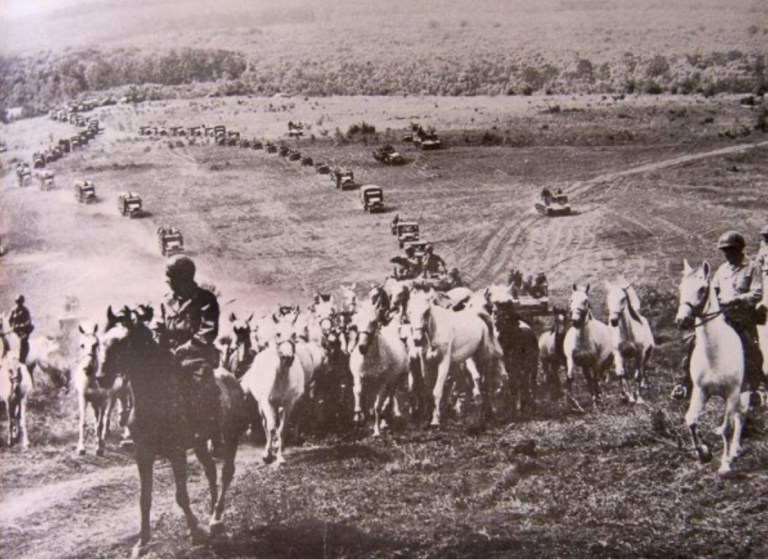
UNESCO Intangible Cultural Heritage
In December 2022, eight countries that breed the Lipizzaners were listed on the UNESCO Representative List of Intangible Cultural Heritage. They are Austria, Bosnia and Herzegovina, Croatia, Hungary, Italy, Romania, Slovakia, and Slovenia.
The Lipizzaner is a rare breed. Estimates put their numbers between 3,000 to 12,000 worldwide. The lower estimate is from The Livestock Conservancy, and the higher is from the United States Lipizzan Federation.
Parting Thoughts
Our decision to spend a day at the Lipica Stud Farm before returning to Croatia meant we had to skip some incredible sights and activities. Unfortunately, our tight itinerary left us little time to see nearby Postojna Cave and Predjama Castle or go on a truffle hunt with dogs near Motovun, Croatia. Our original itinerary appears in the Road Tripping on the Balkan Peninsula post.
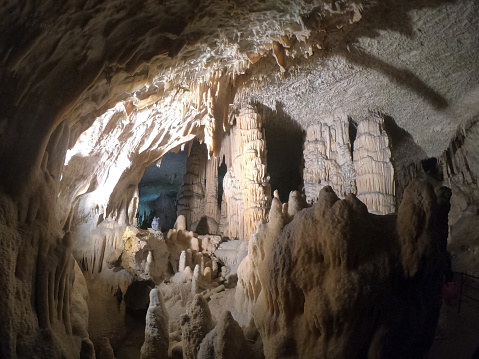
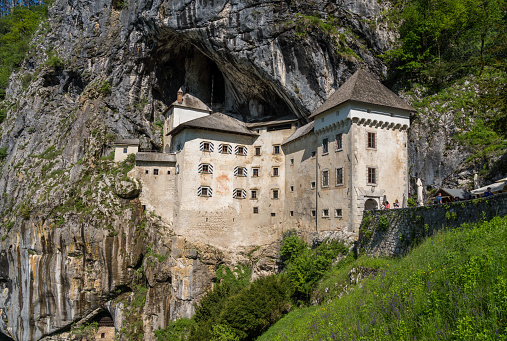
Still, Chris and I agreed that seeing the dancing white horses of Lipica was worth it. Perhaps one day, we can return to catch what we missed.
There is one thing of which I am sure. If Slovenia weren’t so far away from California, I would have returned home with a Lipizzaner. Yes, the Lipica Stud Farm sells them too.
Our guide told us the average price at auction is €2,000-€3000. The older horses go for a few hundred euros.
Great! I’ll take two, please.
This article is the 5th in my 19-part Balkan series, which began with ‘Road Tripping on the Balkan Peninsula’ in September 2023. There, you will find our itinerary to help you plan your trip.

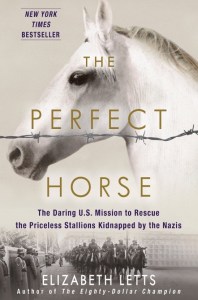
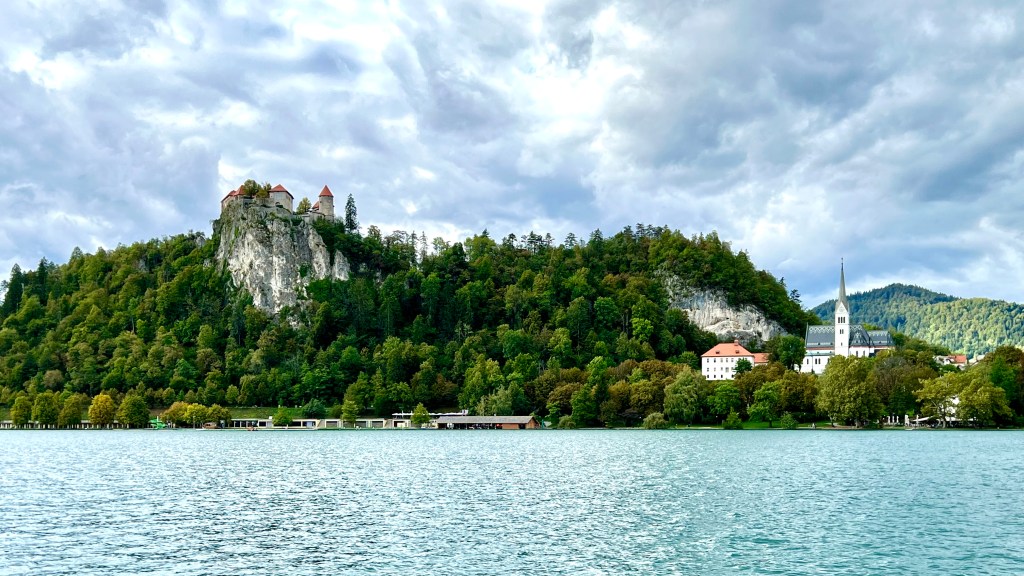
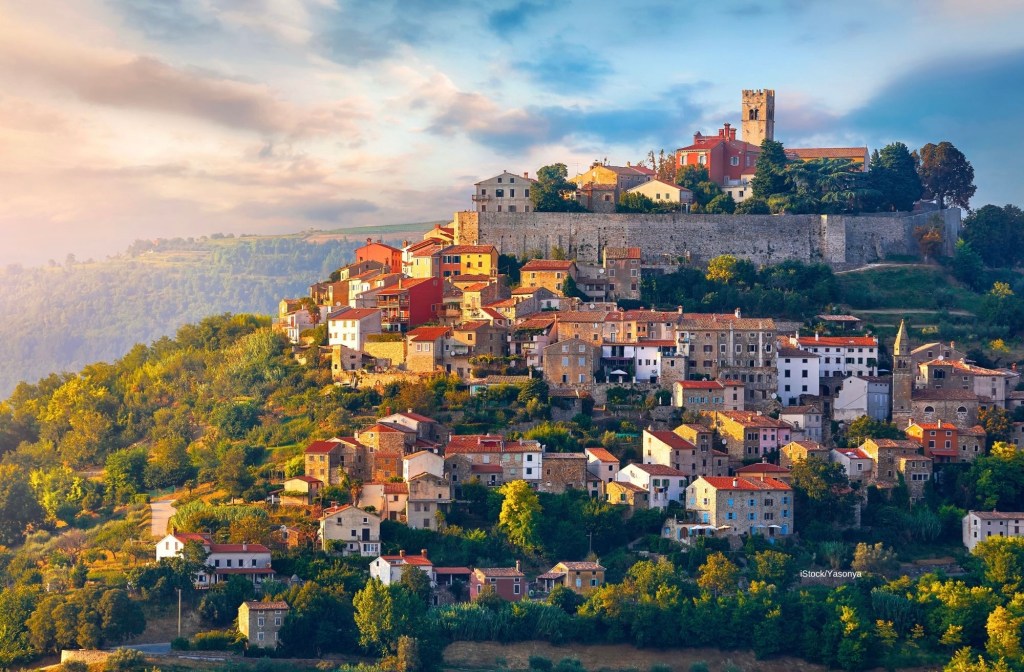










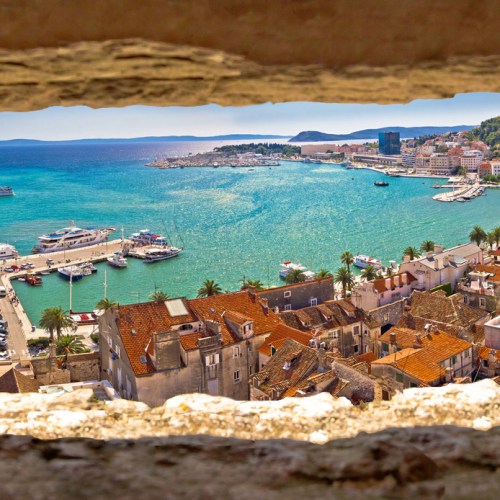
No comment yet, add your voice below!
Discover more from Travel The Four Corners
Subscribe now to keep reading and get access to the full archive.
Continue reading